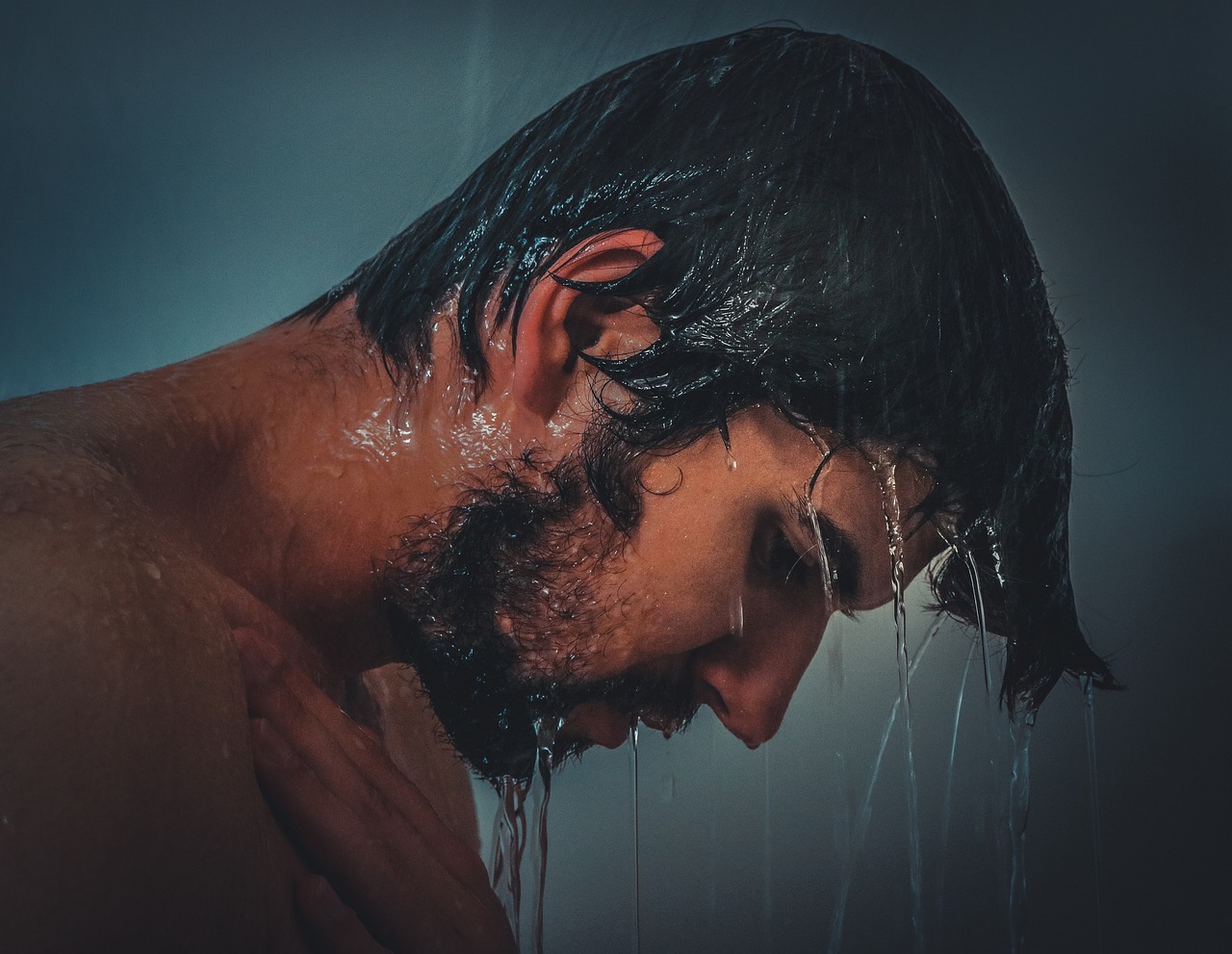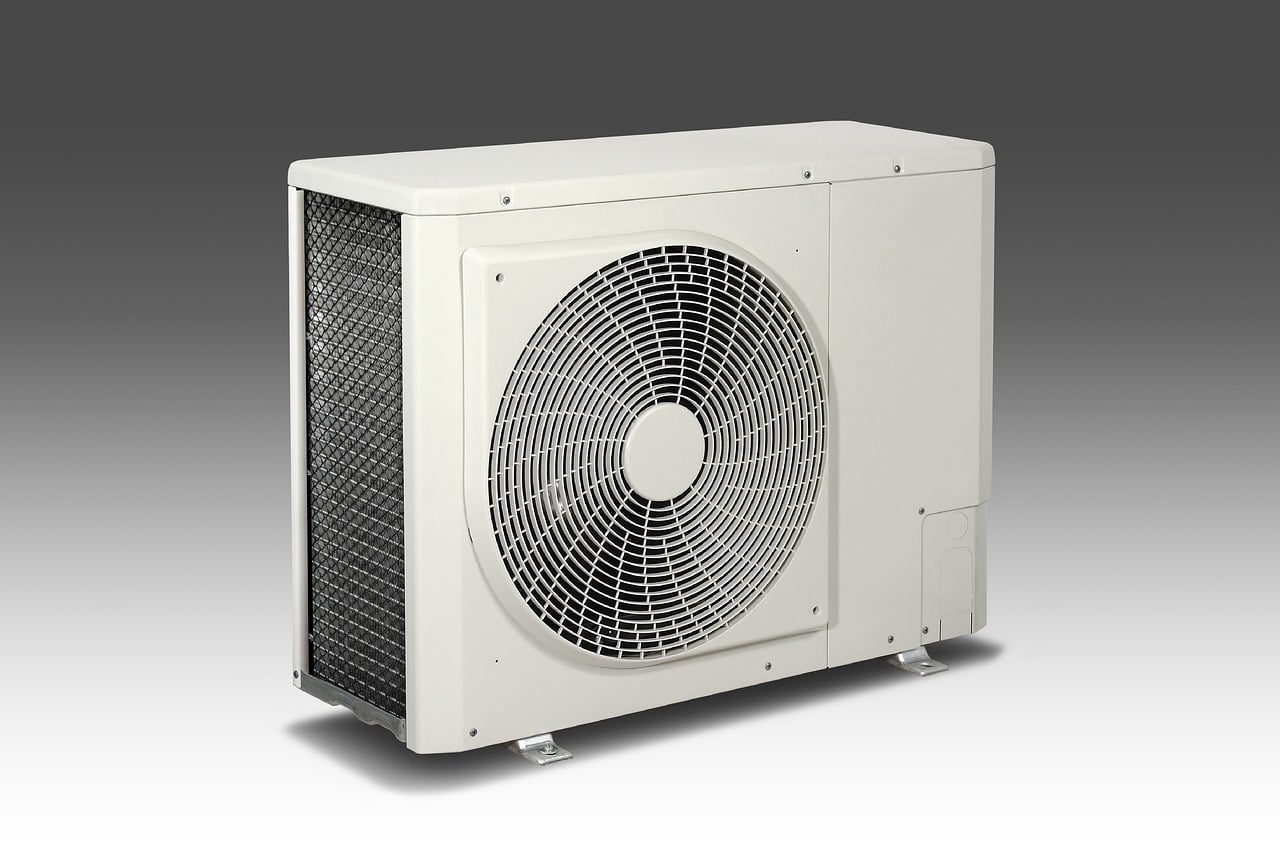
The hair conditioner provides hydration and softness after washing.
Conditioner is that which conditions. The verb condition , meanwhile, refers to "providing a certain condition " ; to "prepare something or someone" ; or to "air condition" .
hair conditioner
Hair conditioner , also known as cream rinse , is a cosmetic product that is applied to the hair to soften it and make it easier to comb, as well as providing hydration and nutrition. In this case, the term is used as a noun.
This product is usually applied after washing the head and rinsed or left in the hair, depending on the type of conditioner and individual needs. Due to its components, it generates a change in the appearance of the hair, even affecting its texture.
The use of hair conditioners dates back to ancient times. In ancient Greece , for example, mixtures of olive oil and plant extracts were used to soften and strengthen hair. Over the centuries, conditioner formulas and ingredients have evolved significantly, and today there are a wide variety of products available on the market.
Let's look at some recommendations from the experts:
- Do not apply it directly to the roots of the hair, as it can leave excess oil. Instead, focus on the ends and areas that need more hydration;
- Let it act for the time indicated on the packaging. This will allow the ingredients to penetrate the hair and provide the desired benefits;
- use a wide-tooth comb or fingers to gently detangle hair;
- Rinse the conditioner well with warm water. Make sure there is no residue left, as this can make it look dull;
- Use leave-in conditioners for extra care. These products are applied after washing, providing continuous hydration throughout the day.
Air conditioner
The air conditioner or air conditioning equipment is a machine that is used for the air conditioning of a site . These devices are used to treat air , in such a way that they can modify the conditions of the environment. They are usually used to cool a room . Generally, they can also achieve the opposite effect (that is, heat the place) or affect the level of ambient humidity.
An air conditioner consists of several main components, including a compressor, a condenser, an evaporator, and a fan . The cooling process is based on compression refrigeration, which involves the circulation of a refrigerant in a continuous cycle.
When the air conditioner is in cooling mode, the refrigerant evaporates in the evaporator, absorbing heat from the ambient air. The compressor then compresses the gaseous refrigerant, increasing its temperature and pressure. Once hot, it flows to the condenser, where the heat is released to the outside air and condensed back into liquid form. Finally, the refrigerant expands in an expansion valve and returns to the evaporator to restart the cycle.
The idea of cooling air to provide comfort has ancient roots. In ancient civilizations such as Egypt, Greece, and Rome, rudimentary methods were used to cool themselves , such as using fans and circulating cool water. The development of the first modern refrigeration system is attributed to the British scientist and inventor Michael Faraday, in 1820.

Thanks to the air conditioner we can cope with extreme temperatures.
signal conditioner
A signal conditioner is an electronic circuit that allows altering the characteristics of an electrical signal.
Packaging conditioner
The packaging conditioner is the piece that contributes to immobilizing or protecting the product that is packaged .
It is usually made of plastic or cardboard , among other materials. Its purpose is to prevent the product from moving inside the packaging or from hitting other elements.
